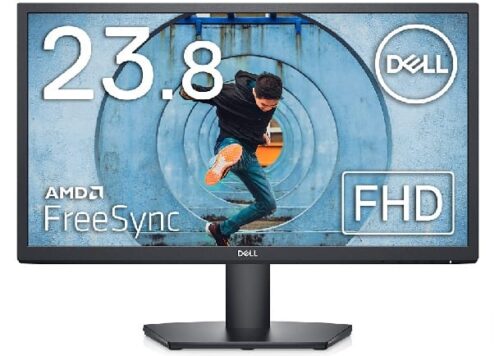If you’re in the market for a new PC monitor, there are a lot of factors to consider. With so many different types, sizes, resolutions, and price points, it can be overwhelming to know where to start. But fear not! In this article, we’ll break down everything you need to know when it comes to buying a PC monitor.
Screen Size
One of the first things to consider when buying a monitor is the size. Monitors come in a range of sizes, from 19 inches all the way up to 49 inches. The most common sizes are between 24 and 27 inches, which provide a good balance between screen real estate and desk space.
However, if you’re using your monitor for gaming or multimedia, you may want to consider a larger size. A larger monitor will give you a more immersive experience, allowing you to see more detail and get more involved in the action.
Resolution
Resolution is another important factor to consider when buying a monitor. Resolution refers to the number of pixels on the screen, and the more pixels there are, the sharper and clearer the image will be.
The most common resolutions for monitors are 1080p (1920×1080), 1440p (2560×1440), and 4K (3840×2160). 1080p is the most affordable option and is suitable for most general computing tasks. 1440p is a step up in terms of clarity and is ideal for gaming and multimedia. 4K is the highest resolution available and provides the sharpest image quality, but it comes at a higher cost.
Refresh Rate
The refresh rate is the number of times the screen updates per second. A higher refresh rate means a smoother image, which is particularly important for gaming. Most monitors have a refresh rate of 60Hz, but gaming monitors can have a refresh rate of up to 240Hz.
Panel Type
Monitors come in three different types of panels: TN, IPS, and VA. TN panels are the most common and are generally the most affordable. They have fast response times, which makes them ideal for gaming, but their color reproduction and viewing angles aren’t as good as IPS or VA panels.
IPS panels have better color reproduction and wider viewing angles than TN panels, making them ideal for tasks that require accurate color representation, such as photo and video editing.
VA panels have the best contrast ratio, which means they can display deeper blacks and brighter whites than TN or IPS panels. They’re ideal for watching movies and playing games with dark scenes.
Connectivity
Finally, it’s important to consider the connectivity options when buying a monitor. Most monitors will have at least one HDMI port, but you may also want to look for a monitor with DisplayPort, USB-C, or Thunderbolt 3 ports if you need to connect multiple devices.
Conclusion
Buying a PC monitor can be overwhelming, but by considering the factors discussed in this article, you’ll be able to make an informed decision. Remember to think about the size, resolution, refresh rate, panel type, and connectivity options when choosing a monitor that will meet your needs. With the right monitor, you’ll be able to work and play more efficiently and effectively than ever before.







